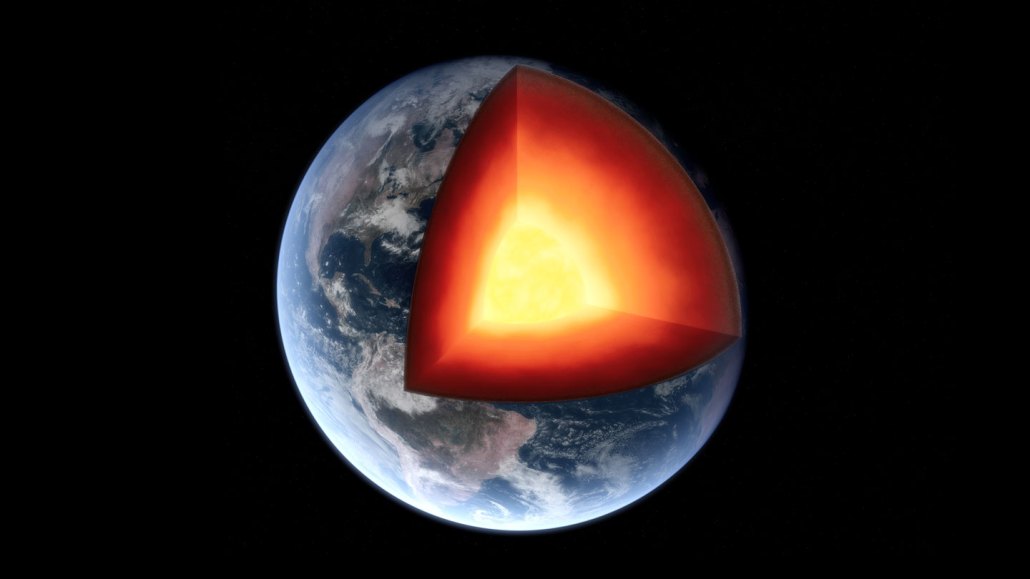
Scientists have proposed that Earth’s solid inner core (yellow in this diagram) rotates faster than the rest of Earth. A new study suggests the core’s rotation has recently paused, and is reversing direction.
fpm/E+/Getty Images Plus

Scientists have proposed that Earth’s solid inner core (yellow in this diagram) rotates faster than the rest of Earth. A new study suggests the core’s rotation has recently paused, and is reversing direction.
fpm/E+/Getty Images Plus